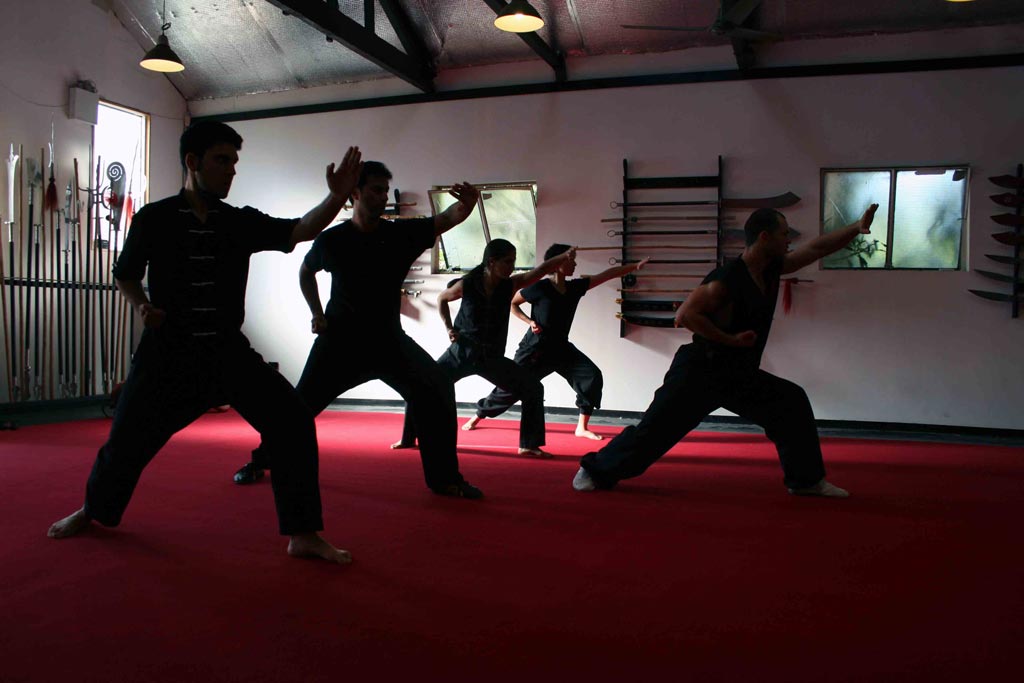Martial arts have fascinated people for centuries, not only as systems of self-defense but also as pathways to personal growth and cultural understanding. Among these, Kung Fu stands out as a practice rich in philosophy, discipline, and physical artistry. In an age where people often search for balance between health, mental clarity, and resilience, Kung Fu offers a holistic solution. One of the main avenues through which this ancient art continues to thrive today is through structured institutions dedicated to teaching and preserving its traditions.
Why Kung Fu Academies Are Important
Enrolling in Kung Fu Academies provides students with more than just physical training—it offers a structured environment that nurtures discipline, respect, and confidence. These academies ensure that the centuries-old art of Kung Fu is passed on responsibly, with authentic techniques and philosophies intact. They serve as bridges between history and modern life, allowing practitioners to access cultural wisdom while developing practical skills for fitness and self-defense.
Historical Roots That Shape the Present
Kung Fu traces its origins to ancient China, where it was practiced by warriors, monks, and everyday individuals seeking protection and personal mastery. Over the centuries, it evolved into countless styles, many of which were influenced by the philosophies of Taoism and Buddhism. The Shaolin Temple became a legendary center of martial training, giving rise to traditions that continue to inspire today’s academies. By learning within an academy, students gain insight into these roots, ensuring they understand not just the techniques but also the values embedded in them.
What Students Learn in a Kung Fu Academy
Training in a professional academy is designed to be comprehensive, covering both the physical and mental aspects of the art. Students can expect:
- Foundational Stances and Forms: Building stability, balance, and coordination.
- Striking and Defensive Techniques: Punches, kicks, blocks, and counters.
- Forms (Taolu): Sequences that simulate combat situations while refining precision.
- Weapons Training: Staffs, swords, and other traditional tools that expand skills.
- Conditioning Exercises: Workouts that enhance strength, stamina, and flexibility.
- Meditation and Breathing Techniques: Practices that promote mindfulness and energy control.
This balance between movement, philosophy, and discipline ensures that students grow holistically rather than focusing only on combat skills.
The Benefits of Training
Training in Kung Fu offers both physical and mental rewards, which explains why it continues to attract people of all ages.
- Fitness and Strength: Regular training improves cardiovascular health, muscle tone, and endurance.
- Flexibility and Agility: Dynamic stances and kicks enhance mobility.
- Self-Defense: Practical skills provide confidence in handling real-life challenges.
- Stress Relief: Breathing practices and focus-driven exercises calm the mind.
- Self-Discipline: The structure of training fosters responsibility and perseverance.
A Path for All Ages
Kung Fu academies cater to a wide range of students. Children often benefit from the discipline and focus the practice instills, while adults appreciate the combination of fitness and mindfulness. Seniors, too, can find value in low-impact forms that emphasize flexibility and gentle strength. The adaptability of Kung Fu ensures that anyone, regardless of age or experience, can find a training path suited to their goals.
Cultural and Philosophical Dimensions
One of the unique aspects of Kung Fu training is the cultural richness it carries. The practice is intertwined with philosophies that emphasize harmony, respect, and balance. Learning within an academy provides not only physical benefits but also cultural appreciation, giving students a deeper sense of connection to the traditions that shaped the art.
Challenges of the Journey
Like any serious discipline, Kung Fu requires patience and consistency. Progress may be gradual, as forms and techniques must be practiced repeatedly to achieve mastery. However, these challenges are part of the journey—teaching students perseverance, humility, and resilience. The very act of overcoming these obstacles is what shapes character and makes the rewards even more meaningful.
How Academies Adapt to the Modern World
While preserving tradition, modern Kung Fu academies also embrace innovation. Many now integrate contemporary fitness knowledge, offer flexible schedules for busy lifestyles, and use technology for online learning and demonstrations. This balance between old and new ensures that Kung Fu remains relevant and accessible to today’s generation.
The Broader Impact of Kung Fu Training
Beyond individual development, Kung Fu academies play a role in strengthening communities. They bring together people from different backgrounds who share a common goal of self-improvement and respect for tradition. By fostering values like discipline, respect, and resilience, these institutions contribute positively to society as a whole.
Conclusion
Kung Fu is more than just a martial art—it is a philosophy, a discipline, and a path to personal transformation. By training in Kung Fu academies, students immerse themselves in a structured environment that honors centuries of tradition while preparing them for the challenges of modern life. The blend of physical conditioning, mental focus, and cultural appreciation makes Kung Fu a powerful practice that extends far beyond the training hall. For anyone seeking a holistic approach to health, discipline, and self-discovery, the path begins with a commitment to learning and embracing this timeless art.

